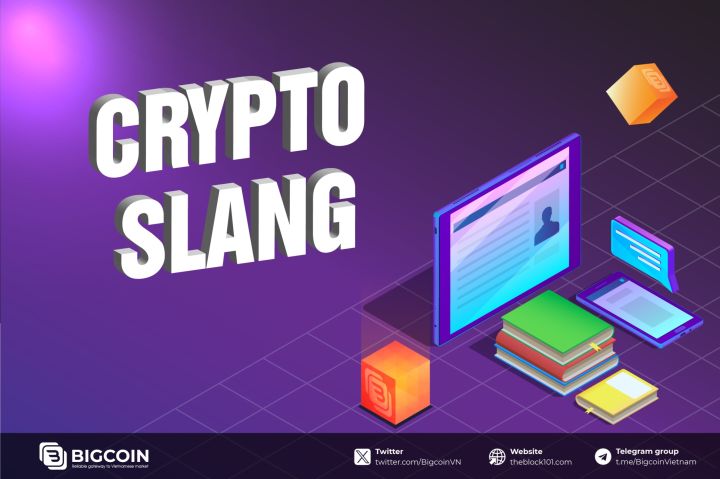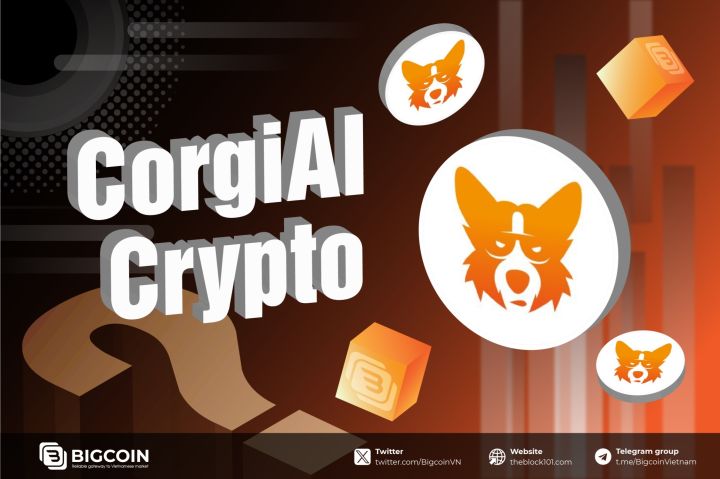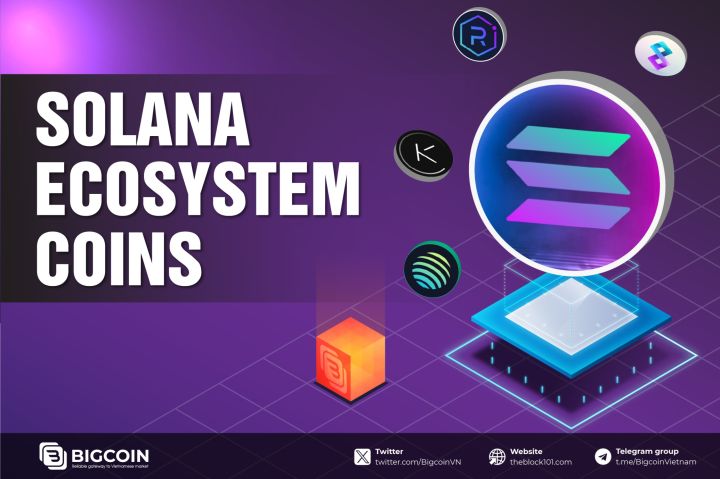1. What is Tokenization?
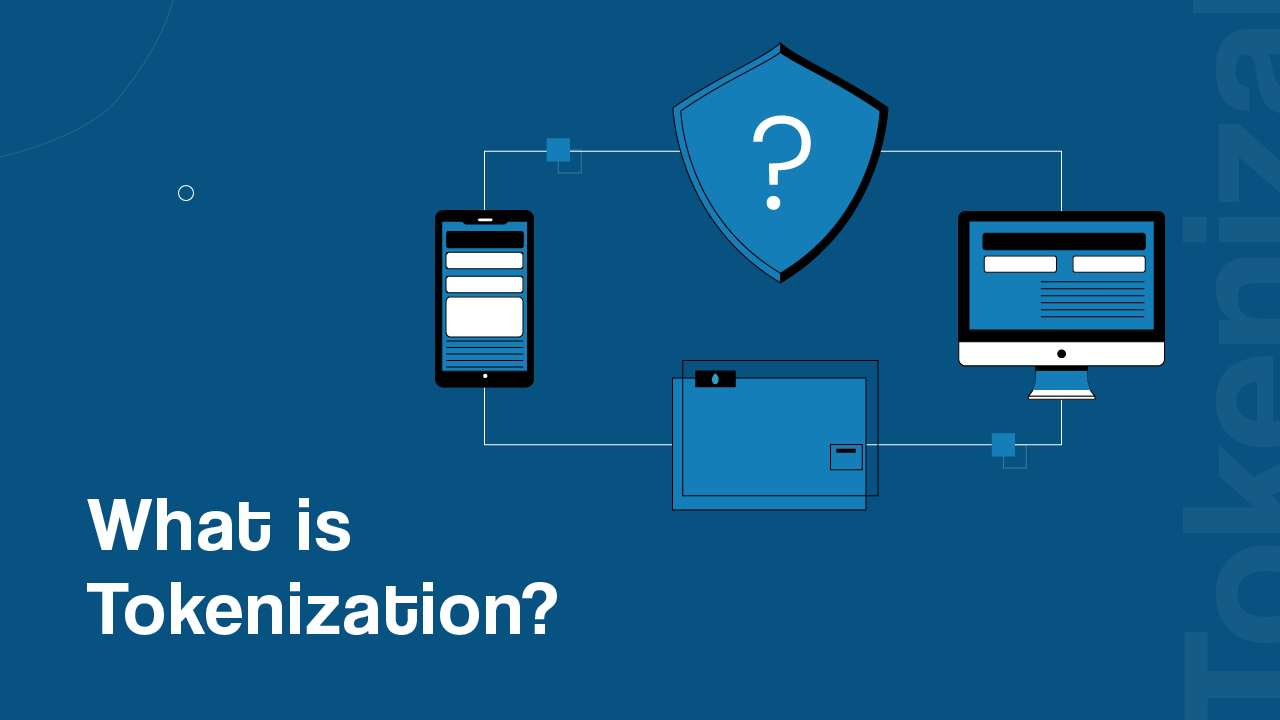
Tokenization is the process of converting tangible or intangible assets into a digital form that can be managed, transferred, and traded securely within digital environments like blockchains. In Web3, this digital representation is created as a unique token on a blockchain, allowing it to be used within decentralized networks. These tokens can represent:
-
Physical assets such as real estate, art, and commodities
-
Financial assets like stocks, bonds, and currencies
-
Intangible assets including intellectual property and digital content
-
Cryptocurrencies and NFTs: These tokens serve as proof of ownership or rights over digital or physical items.
By turning assets into tokens, Web3 allows for more efficient, secure, and transparent ownership and exchange of value.
2. How Tokenization Works: The Process
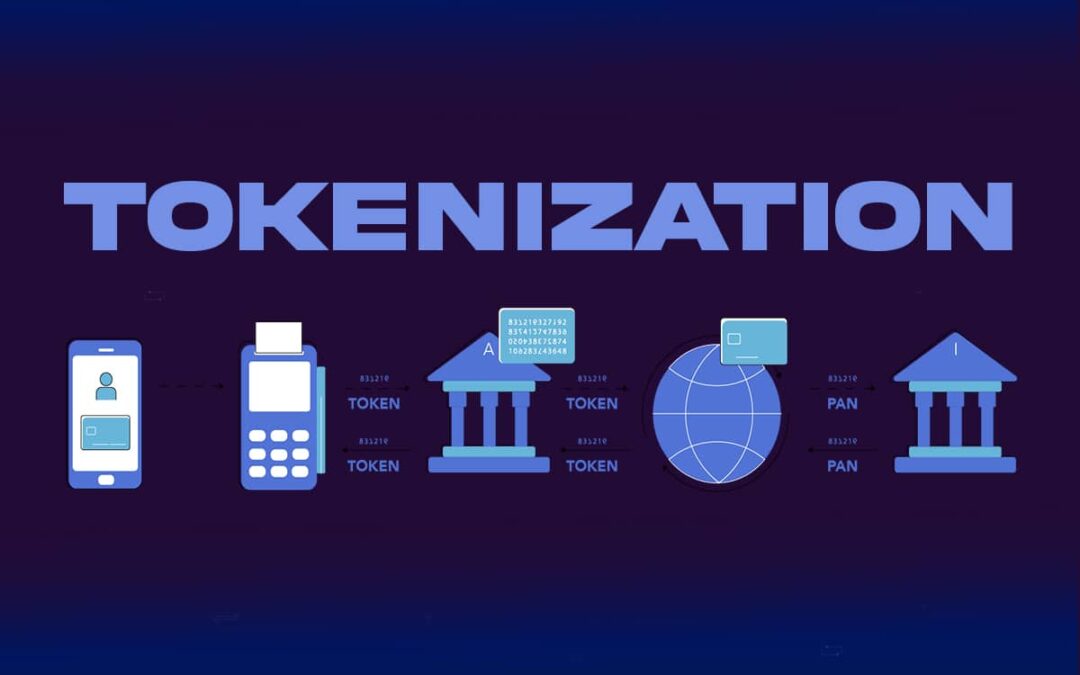
The process of tokenizing an asset involves several key steps:
-
Asset Sourcing: Identify the asset to be tokenized, ensuring it complies with relevant regulations (e.g., determining if it’s classified as a security or commodity).
-
Digital Asset Issuance: The asset is stored in a secure location, and a digital token is created to represent it on a blockchain, ensuring compliance and security.
-
Distribution and Trading: Investors can access tokenized assets by setting up digital wallets and participating in secondary markets (if available) for buying or selling tokens.
-
Ongoing Asset Servicing: Tokenized assets require ongoing management, including regulatory reporting, tax filings, and tracking corporate actions.
By using tokenization, the financial services sector can significantly reduce the need for intermediaries, lower transaction costs, and streamline asset management processes.
3. How does Tokenization work in Web3?
In Web3, tokenization involves creating a unique, digital token that represents a real-world asset, recorded on a blockchain. This blockchain serves as a decentralized ledger, ensuring that ownership, transfer, and history of the token are transparent and immutable. These tokens can take various forms, including:
-
Stablecoins: Cryptocurrencies tied to real-world assets (e.g., USD), designed to maintain a stable value.
-
NFTs (Non-Fungible Tokens): Unique tokens that represent ownership of a specific asset, often used for digital art, collectibles, or exclusive access rights.
Tokens in Web3 can be programmable, meaning they can carry smart contracts—self-executing agreements that automate transactions and interactions when certain conditions are met. This functionality makes tokenization not just a method of representation but a powerful tool for automating business processes and creating new financial products.
4. Real-World Applications of Tokenization
.jpg)
The practical benefits of tokenization are already being realized in several industries. For example:
-
Financial Services: Companies like BlackRock, WisdomTree, and Franklin Templeton are experimenting with tokenized money market funds, bringing transparency, faster settlements, and improved efficiency to the financial market.
-
Art and Collectibles: NFTs have gained massive popularity by tokenizing unique pieces of art, collectibles, and even virtual real estate. This allows creators to monetize their work and buyers to prove ownership and authenticity.
-
Real Estate: Tokenization of real estate allows investors to buy fractions of properties, making high-value markets more accessible and liquid. For instance, tokenized real estate can be traded on a blockchain, enabling more efficient transactions.
5. Tokenization in AI: A Different Application
While the term “tokenization” is used both in Web3 and AI, its meaning differs in each context:
-
In Web3: Tokenization refers to creating digital representations of real-world assets on a blockchain.
-
In AI: Tokenization is the process of breaking down text into smaller units (tokens) for analysis. These tokens could be individual words, characters, or subword segments. By breaking down language into tokens, AI systems like language models can process and understand text more effectively.
For example, when training a natural language processing (NLP) model, a sentence like "The quick brown fox jumps" might be tokenized into individual words, allowing the model to analyze word relationships, meanings, and contexts.
6. The Benefits of Web3 Tokenization
.jpg)
Tokenization offers several key advantages, especially for financial institutions and businesses:
-
Faster Transaction Settlements: Tokenized assets can be settled instantly, 24/7, eliminating delays common in traditional financial systems. This real-time settlement can save time and reduce costs for businesses and investors.
-
Increased Operational Efficiency: Smart contracts embedded within tokens automate tasks like payments, interest calculations, and dividend distributions, reducing human error and operational overhead.
-
Enhanced Liquidity: Tokenization allows for fractional ownership, enabling assets that were traditionally illiquid (e.g., real estate, high-value art) to be more easily bought, sold, and traded.
-
Democratization of Access: Tokenization can lower barriers to entry for smaller investors, giving them access to previously inaccessible markets or asset classes, like luxury real estate or rare collectibles.
-
Transparency and Security: Blockchain ensures every transaction involving a token is recorded on a public ledger, which cannot be altered. This enhances trust and reduces the risk of fraud.
7. The Challenges of Tokenization
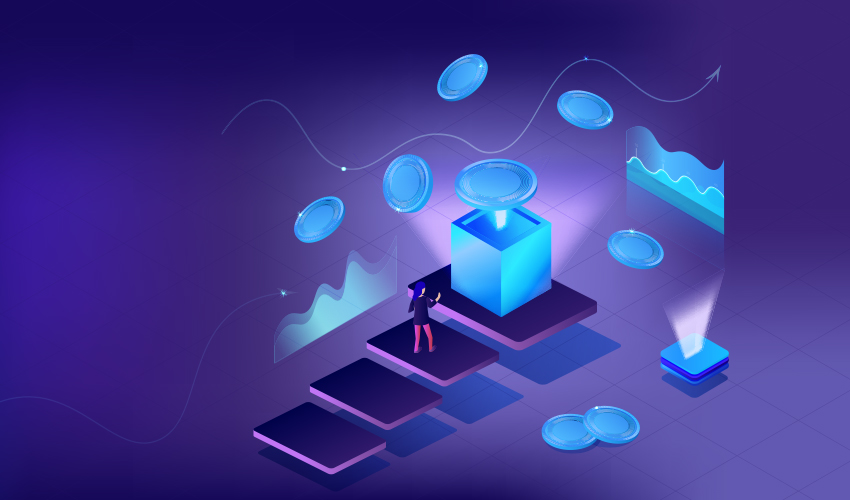
While tokenization offers many benefits, it also presents challenges, especially in AI and multilingual contexts:
-
Ambiguity in Language: Some sentences may have multiple interpretations, making tokenization more complex. For example, "Flying planes can be dangerous" could refer to either the act of piloting planes or planes in flight.
-
Languages Without Clear Boundaries: In languages like Chinese or Thai, where there are no spaces between words, tokenization is more difficult.
-
Special Characters: Handling characters like URLs, email addresses, or symbols presents unique tokenization challenges, requiring sophisticated algorithms to handle consistently.
Despite these hurdles, advancements in multilingual models like XLM-R and mBERT are improving tokenization across diverse languages, making AI more accessible globally.
8. The Future of Tokenization
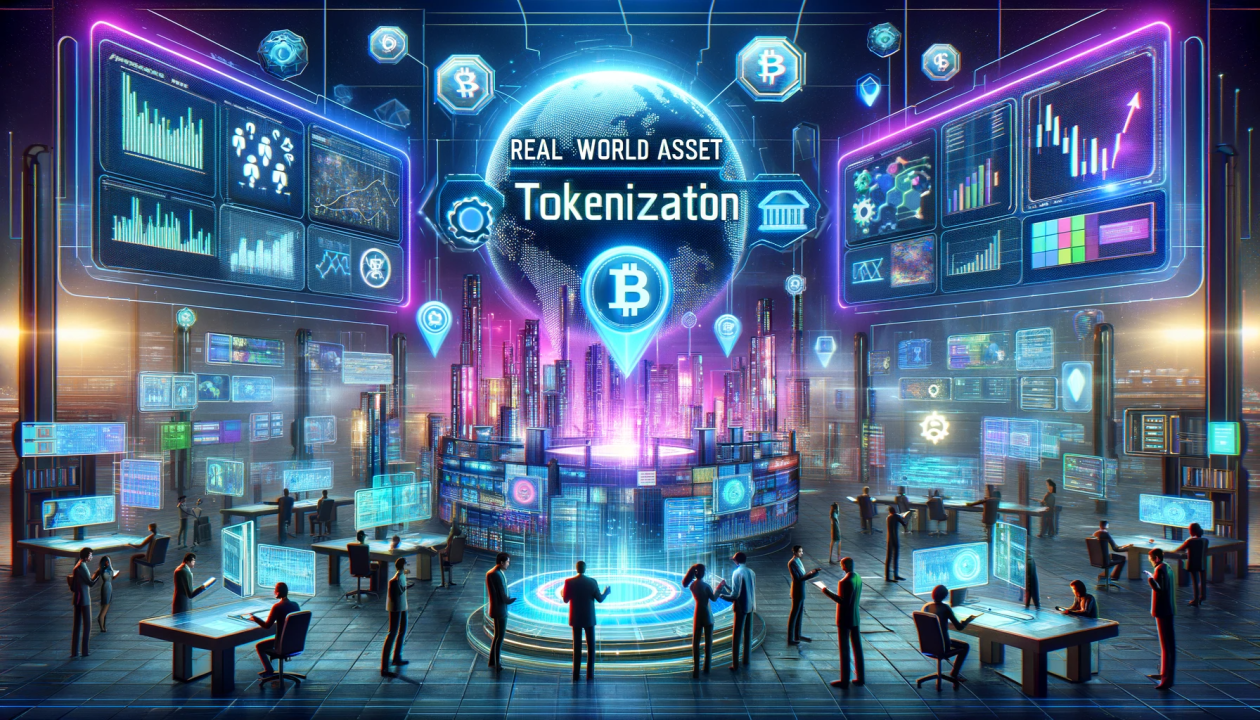
The future of tokenization looks promising as both the Web3 and AI ecosystems continue to evolve. In finance, tokenization will likely continue to disrupt traditional markets, offering more secure, transparent, and efficient methods for handling assets. In AI, tokenization will remain fundamental to natural language understanding, enabling more sophisticated conversational agents, automated translations, and sentiment analysis.
As tokenization becomes increasingly mainstream, industries will discover new opportunities for automation, better asset management, and enhanced accessibility. With the power of tokenization, both businesses and consumers can unlock the full potential of digital assets in a more connected and transparent world.
9. Conclusion
Tokenization is not just a trend—it’s a transformative technology reshaping industries from finance to AI. By converting physical and digital assets into secure, transferable tokens, tokenization enhances efficiency, lowers costs, and opens up new avenues for investment and innovation. Whether in Web3, financial markets, or natural language processing, tokenization is driving the ultimate evolution of digital assets and intelligent systems.
Read more:

 English
English Tiếng Việt
Tiếng Việt.png)
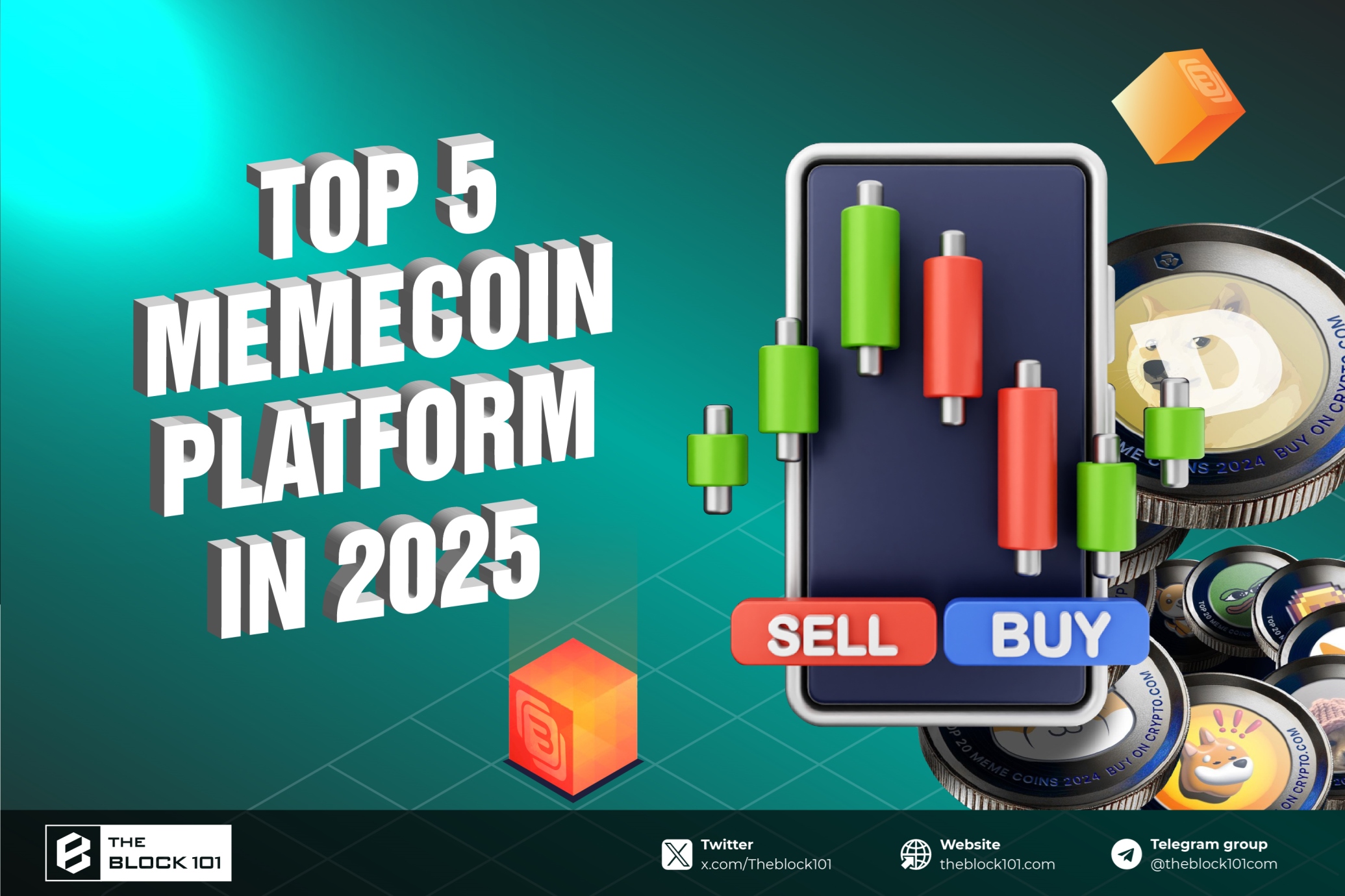
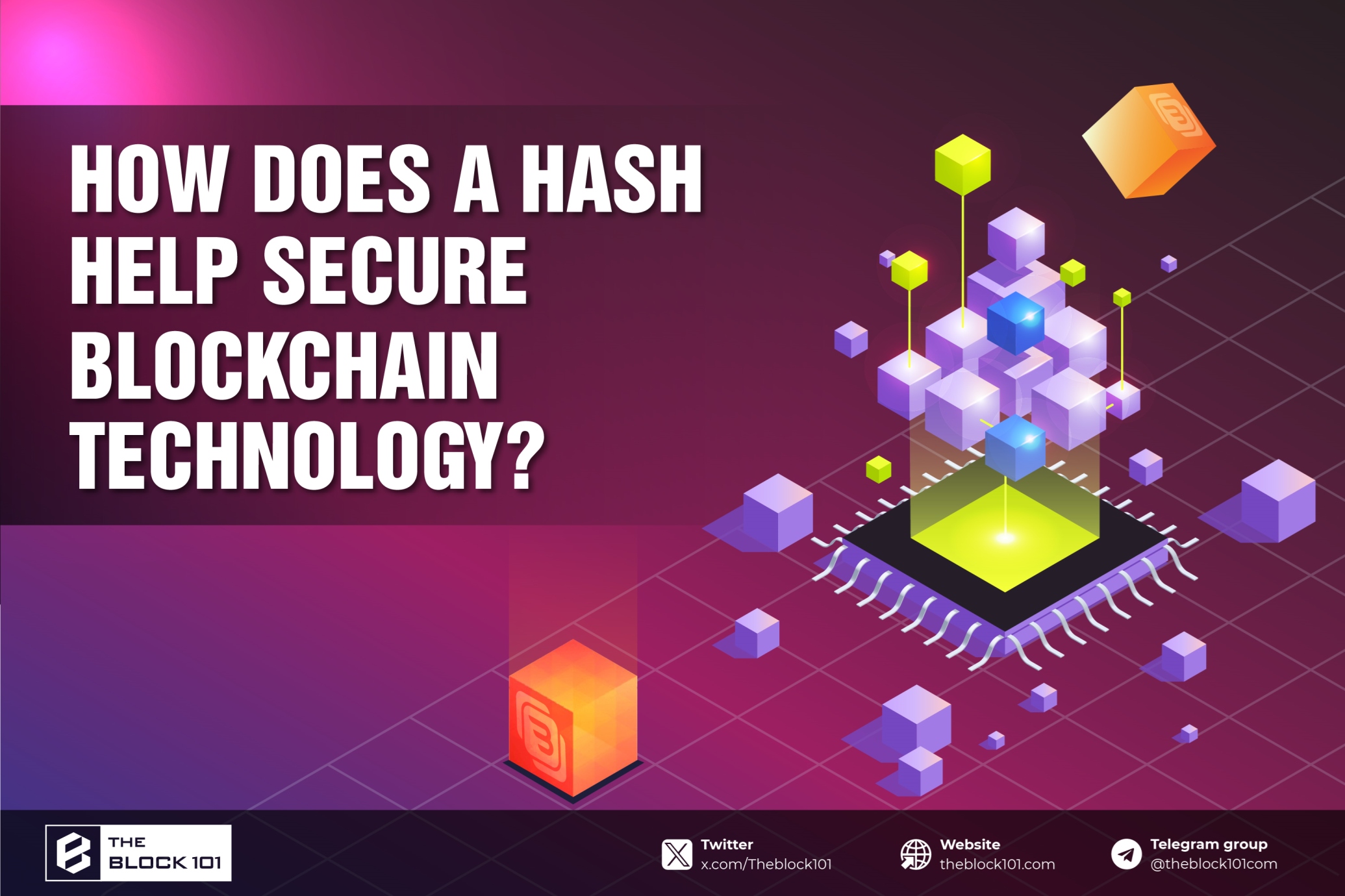
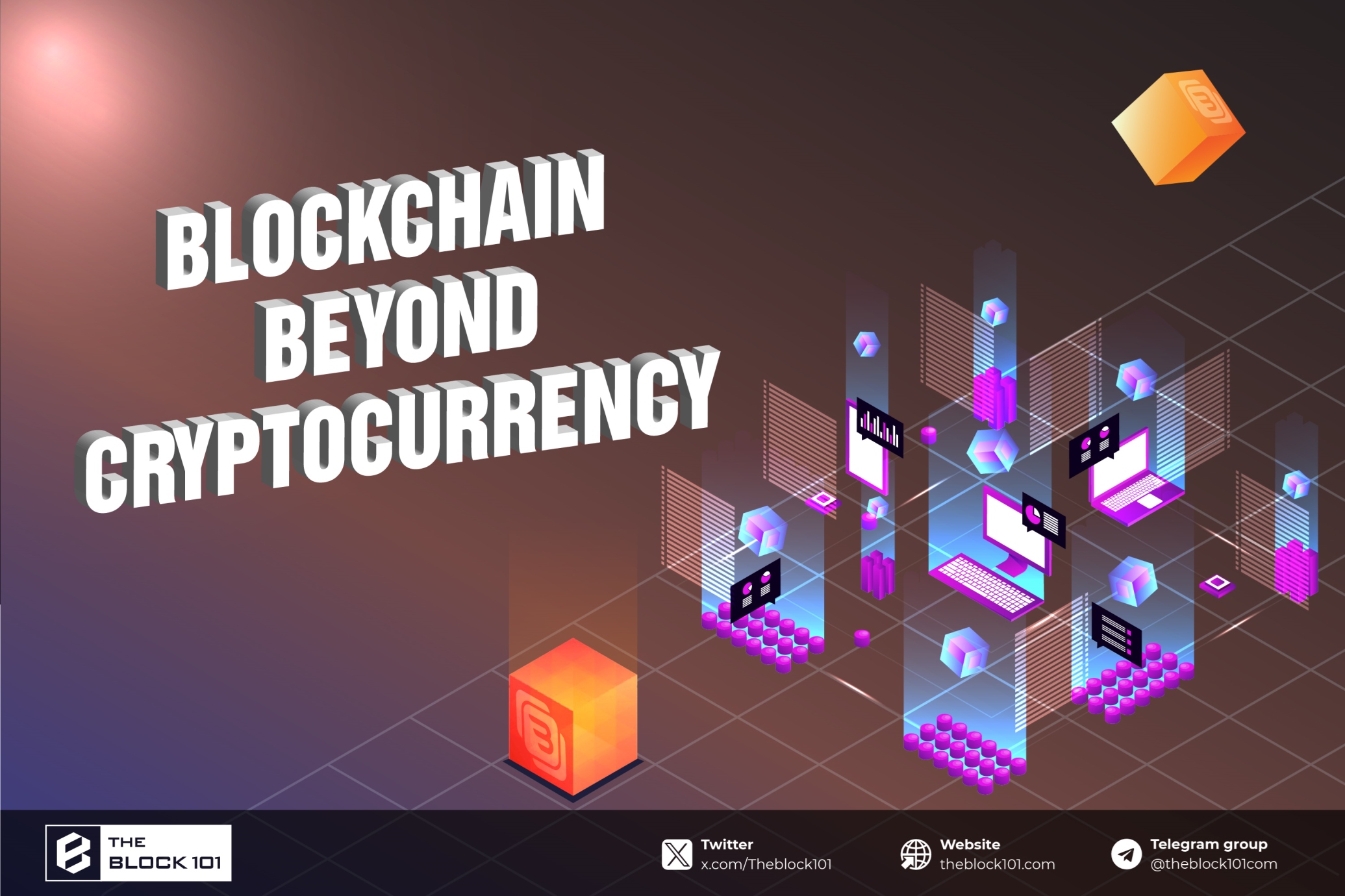
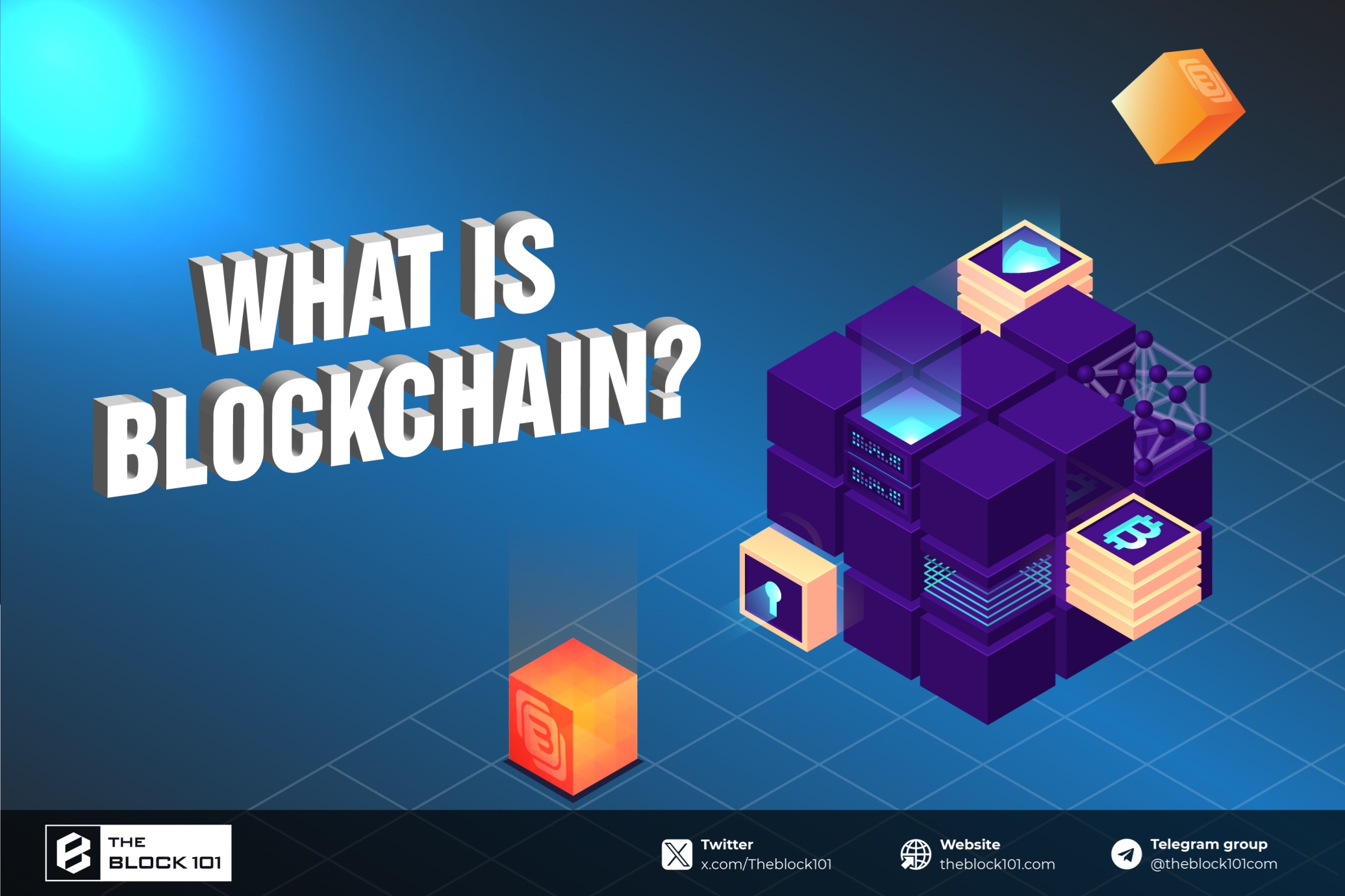
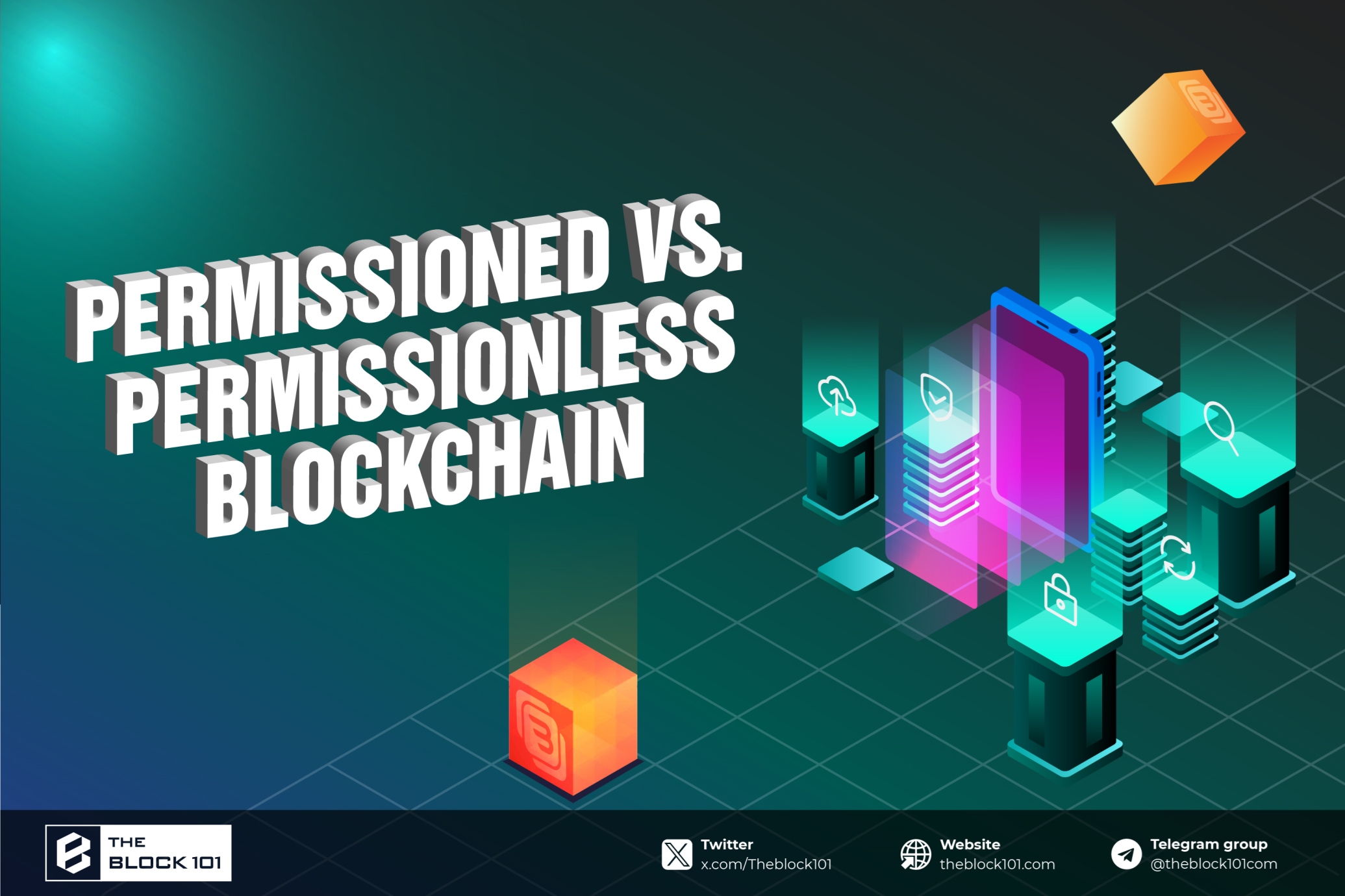
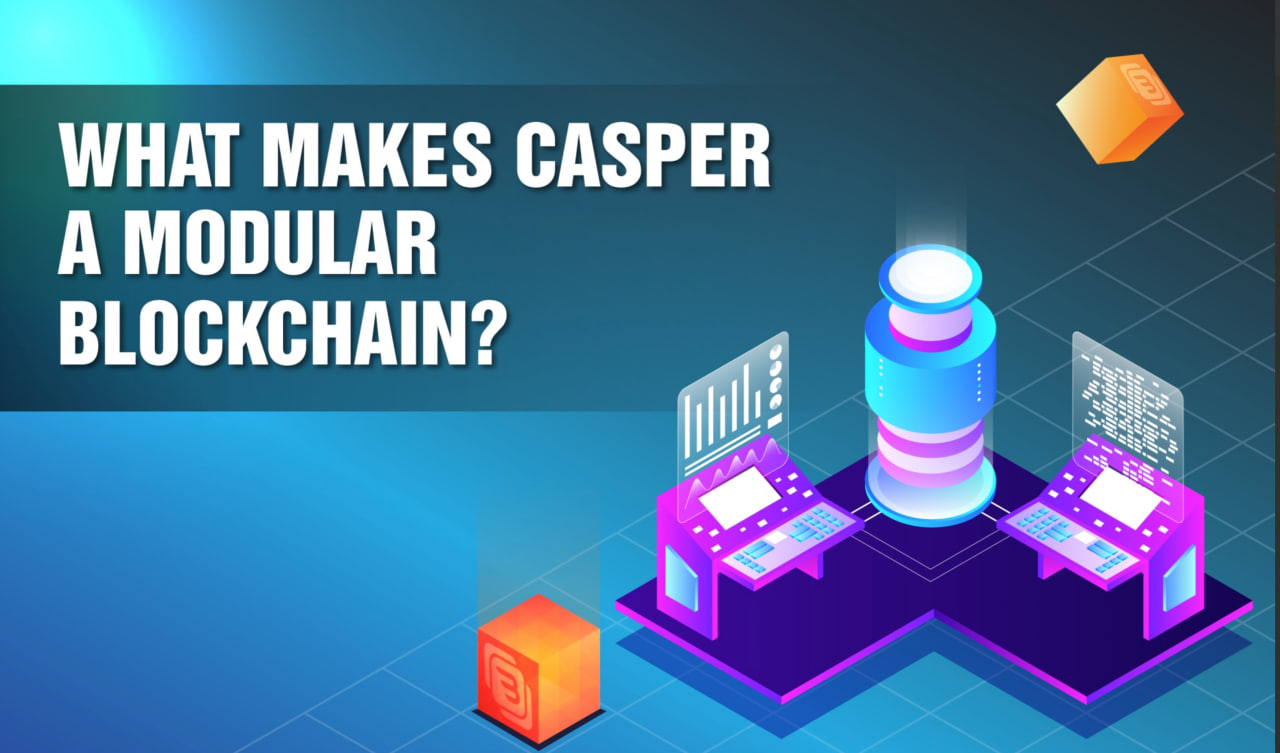





.jpg)

